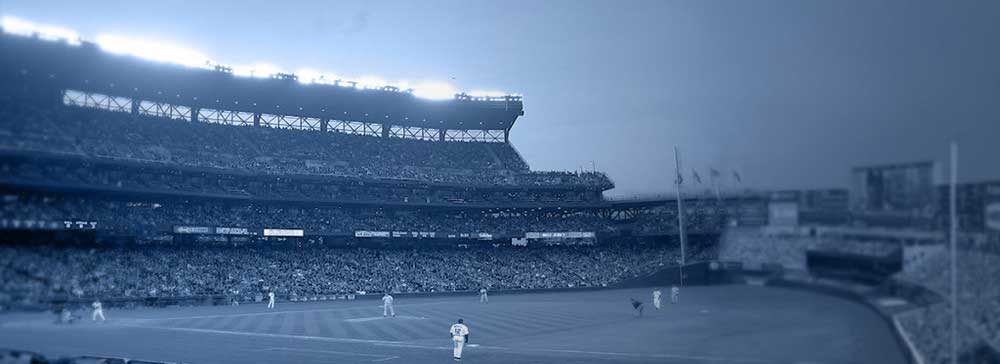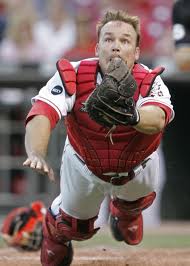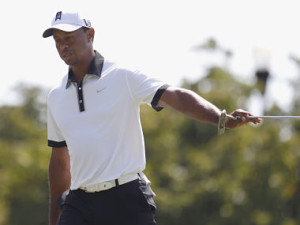Seattle Mariners first to bring Fatigue Science to Major League Baseball

The Seattle Mariners have joined the growing list of professional sports teams embracing sleep and fatigue analytics as part of their sports science program and the first in MLB to sign on with Fatigue Science.
“Major League Baseball teams are known for having some of the most gruelling game and travel schedules.” Fatigue Science co-founder, Pat Byrne says. “And West Coast teams in any league often suffer the most from the effects of time-zone changes when travelling for games. For this reason, we are really excited to bring the Mariners on board and show them how our technology can help find ways to measure and minimize the impact of both on their players.”
Fatigue Science technology can demonstrate the change in human reaction time throughout the day, based on circadian factors and historical sleep data. Past studies have shown that a player’s plate discipline, or their tendency to swing at the balls outside the strike zone, increases as fatigue sets in over the long MLB season. With such aggressive schedules and infrequent rest days, MLB teams often resign to accepting player fatigue as the season wears on but the Mariners are keen to see if they can change that. “Even with the schedule inflexibility that currently exists for these ball teams, if there is room for improvement, our technology will identify it.” Pat Byrne continues, “Anything to help get an edge.”
With pitches flying across the plate at 90 mph, even small improvements in reaction time could mean the difference between a swing and a miss, or the season’s game-winning play.

